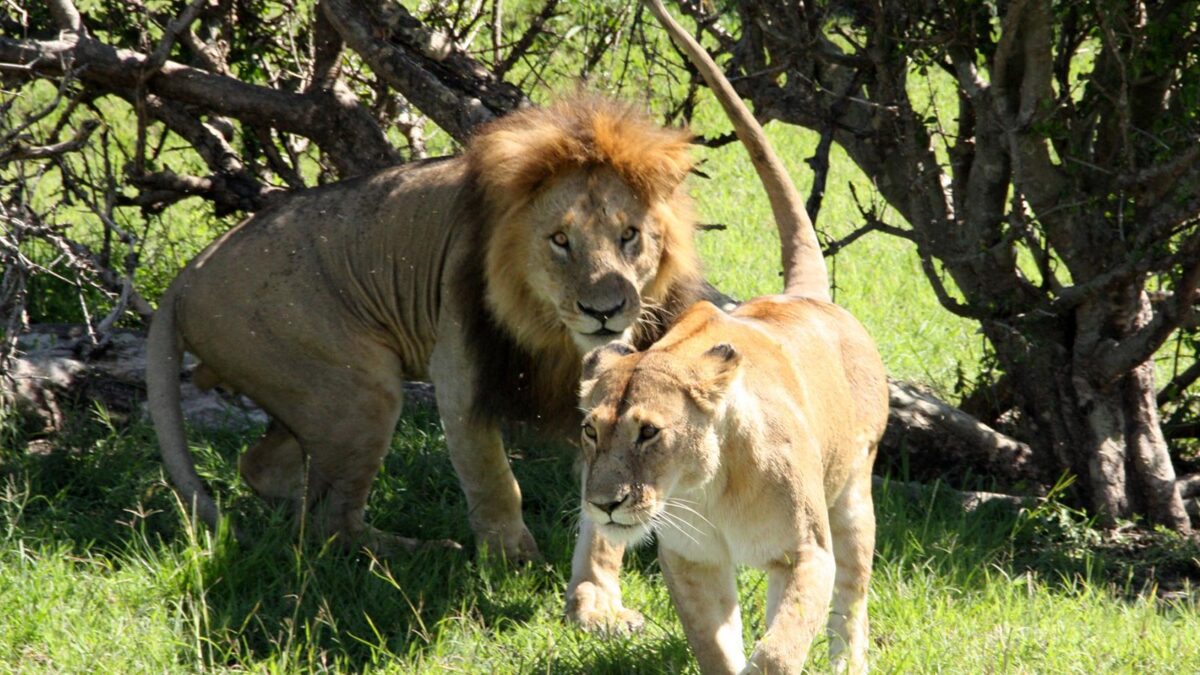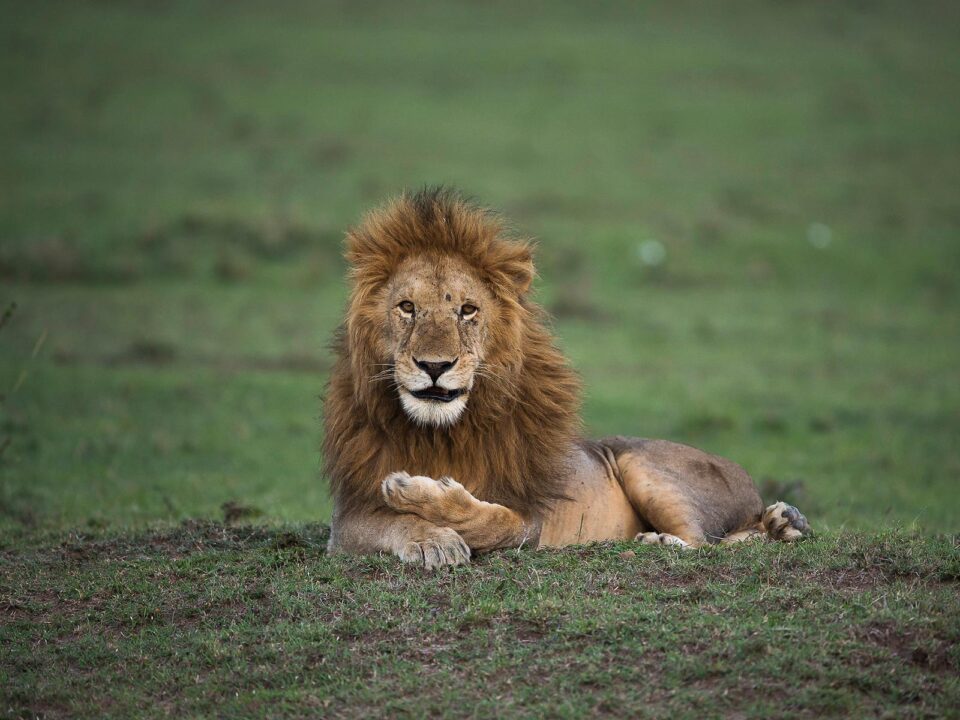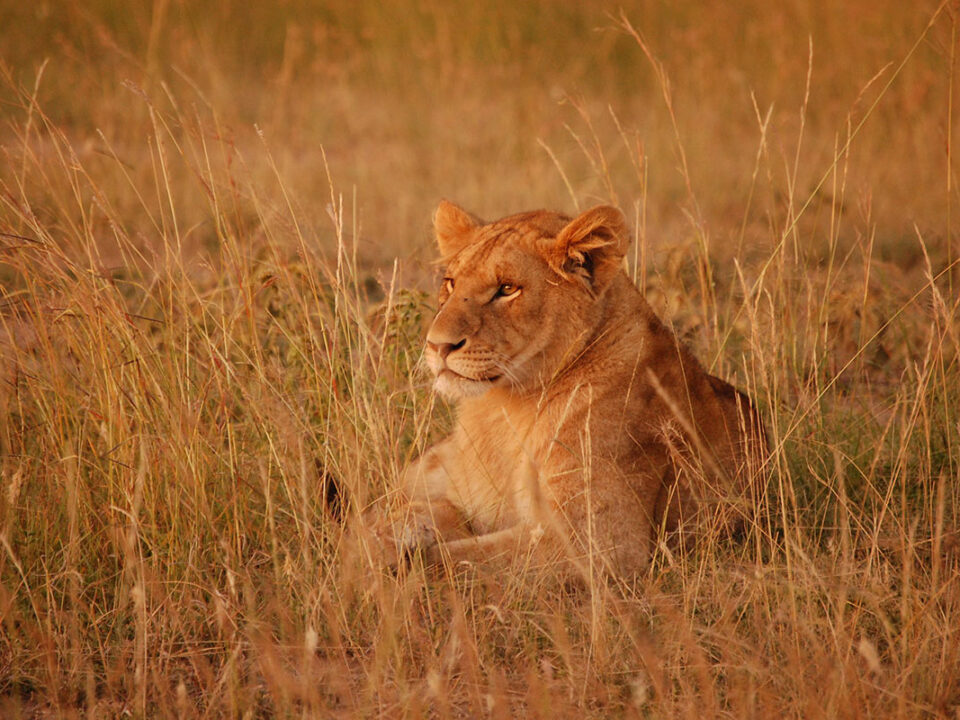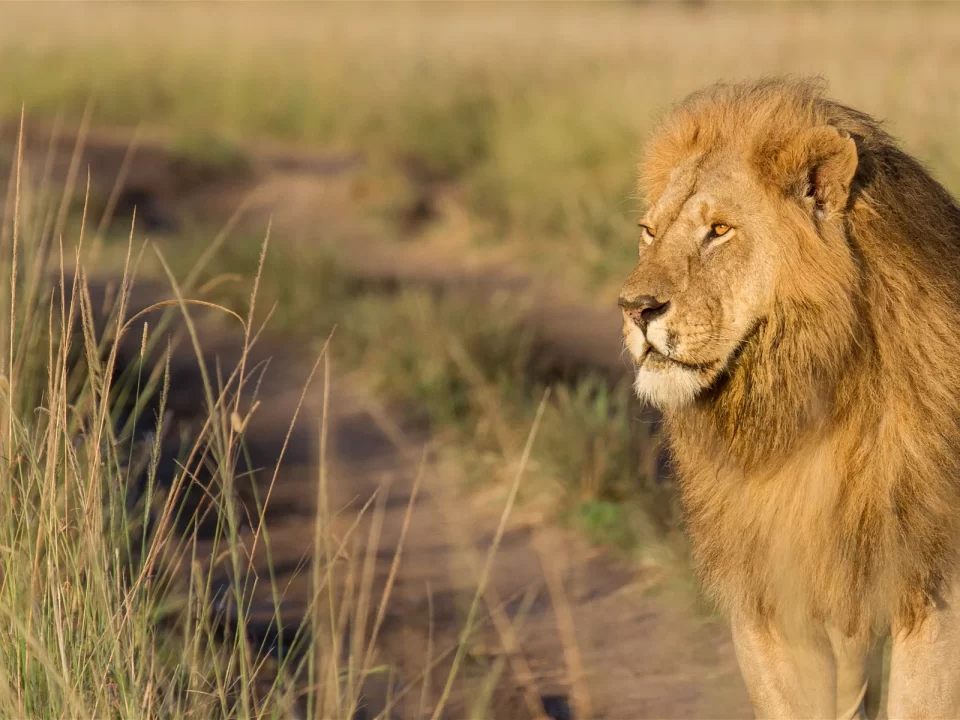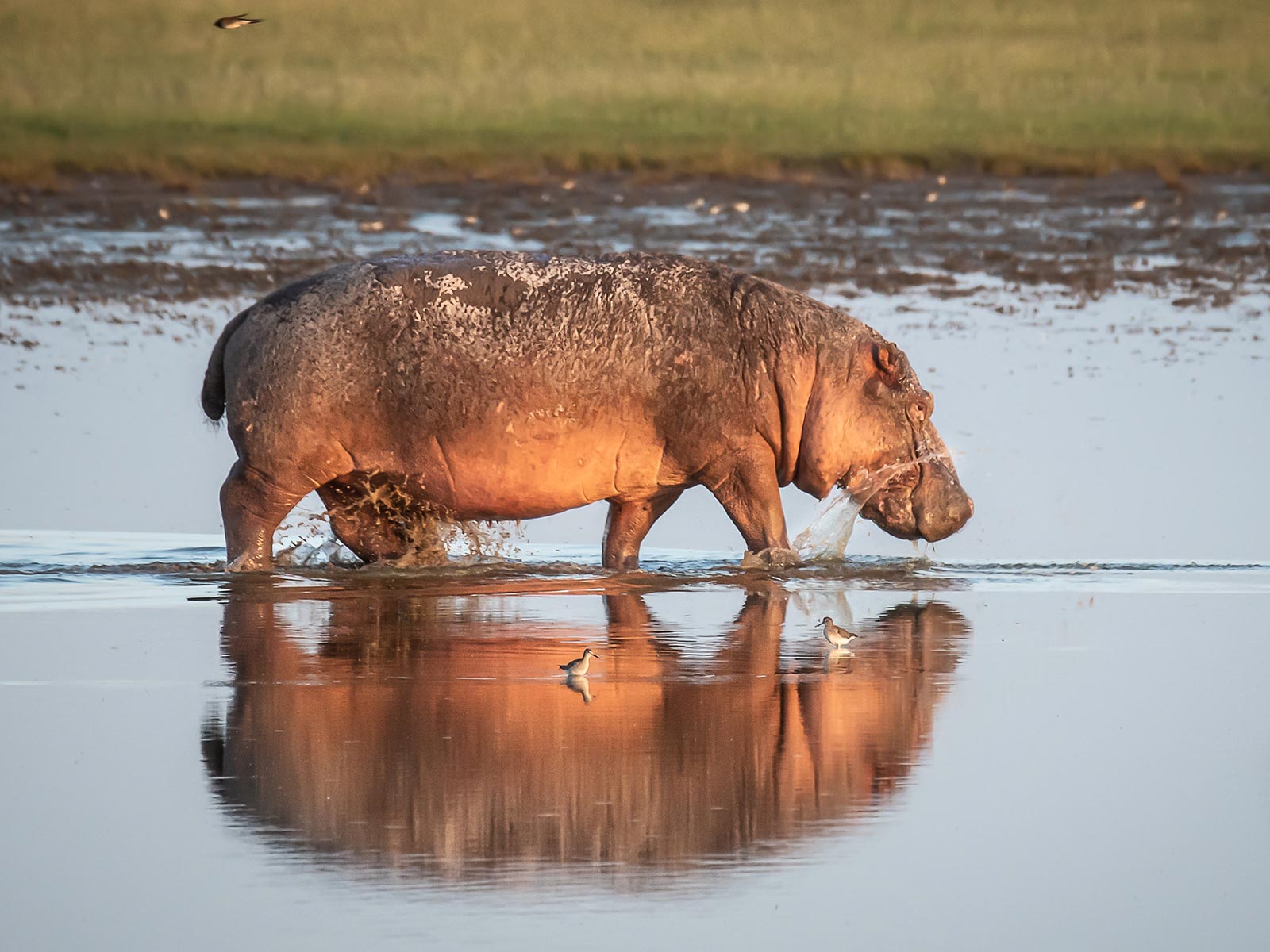
What to Expect on Safari in Kenya?
February 27, 2024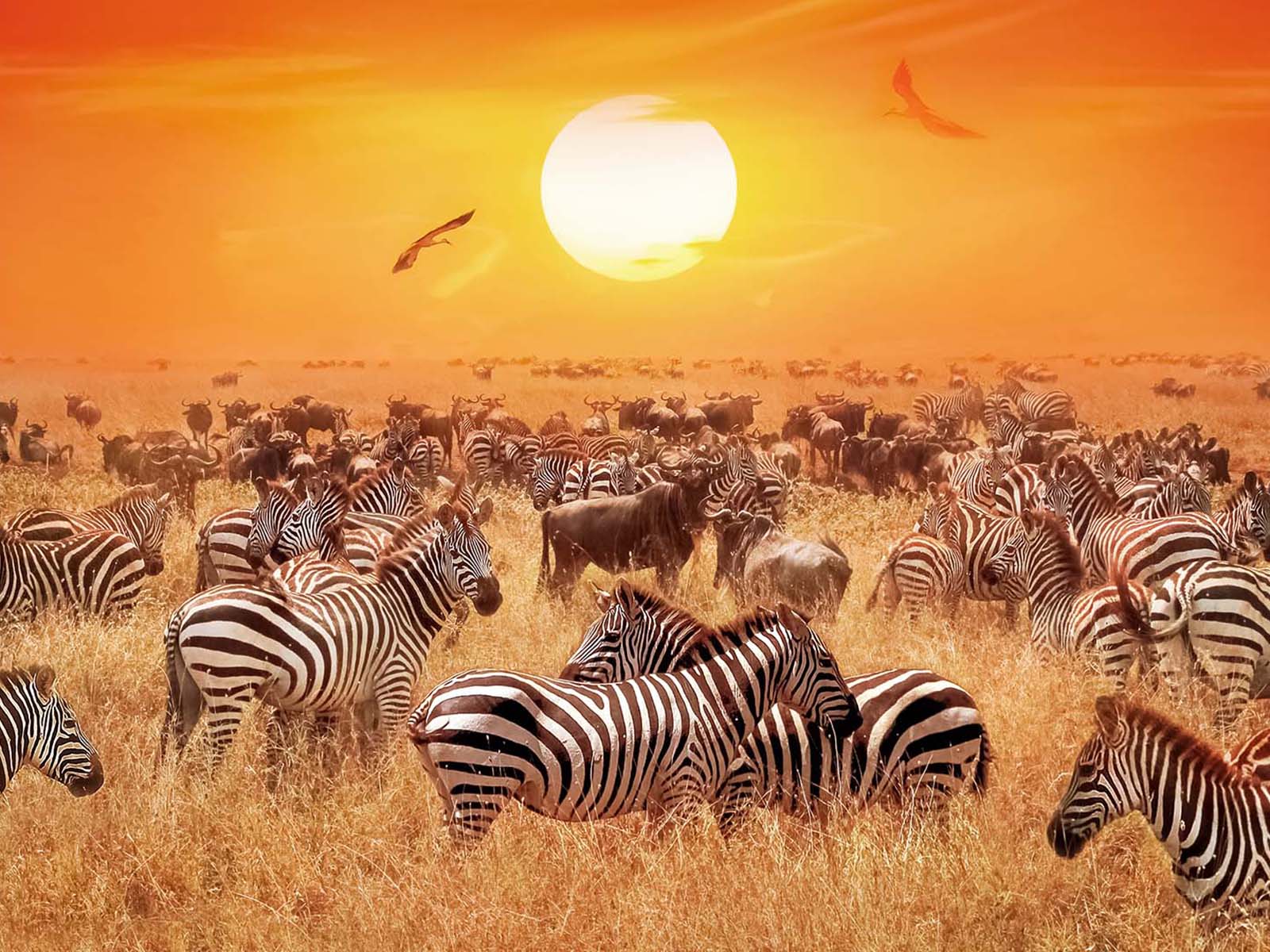
Fly-in Safari Masai Mara & Bwindi Gorilla Trekking
February 27, 2024Best Time to visit Masai Mara – Expert Guidance from Trek Africa Expeditions
Best Time to visit Masai Mara — Planning a safari to Kenya’s Masai Mara National Reserve involves strategic timing to ensure a personalized and remarkable experience. Renowned for its spectacular landscapes, regal Maasai people, and the iconic Great Migration, Masai Mara stands as one of the planet’s most popular safari destinations.
Determining the best time to visit Masai Mara can be subjective, as preferences and safari activities vary among travelers. As a native African and experienced safari guide, I’ve explored Masai Mara in all seasons, confirming that the reserve offers a fulfilling experience year-round. Each month presents unique wonders, allowing you to tailor your visit based on your preferences. Trek Africa Expeditions, with its month-by-month holiday experience insights, assists you in making an informed choice.
January Safari in Masai Mara – Lush Green Valleys and Abundant Wildlife
January welcomes visitors with lush green valleys and excellent animal sightings. The game is plentiful, and the clear skies enhance the beauty of both day and night. With fewer tourists, you can relish the feeling of having Masai Mara all to yourself. Additionally, the “Loita” or northern migration introduces wildebeests and zebras into the Olare Motorogi and Mara North Conservancies. Despite hot daytime temperatures, the evenings provide a comfortably cooler ambiance.
February Safari in Masai Mara – Clear Skies and Abundant Game
February offers clear skies and abundant game, especially around remaining permanent waterholes. Fewer tourists contribute to an almost exclusive feel in Masai Mara, providing excellent game viewing opportunities. The “Loita” wildebeest migration continues in the Olare Motorogi and Mara North Conservancies. The hot and dry conditions make it ideal for game drives, ensuring a perfect safari experience.
March Safari in Masai Mara – Widespread Game and Precursor to the Great Migration
March is characterized by widespread and plentiful game. The “Loita” wildebeest migration, joined by additional zebras, sets the stage for the larger herds heading northward from the Serengeti in late July. Rivers begin to run lower, attracting a rich variety of wildlife. Predators focus on the congregating wildlife, creating superb photographic opportunities. Hot daytime temperatures and warm evenings with stunning sunsets define the March safari experience.
April Safari in Masai Mara – Transformation into a Green Paradise
April marks the arrival of rain, transforming the land into a green and magical paradise. Flowers blossom, and life is reborn, with scattered pools of water becoming breeding grounds for frogs. Migratory birds arrive, and dung beetles emerge, creating a time of plenty with amazing game viewing. The “Loita” wildebeest and zebra migration remains in full swing. While the rains may challenge road conditions, the lush grasslands make for a visually stunning experience.
May Safari in Masai Mara – Tall Grass and Return of Topi
Topi return to the areas in May, and black widow birds engage in courtship displays and castle-building. The tall grass provides a delightful environment for grazers, and the “Loita” wildebeest and zebra migration continues. Occasional rain maintains the lush grasslands, offering pleasant temperatures during the day and cool evenings.
June Safari in Masai Mara – Elephant Time and Breeding Season
June heralds “elephant time” in Masai Mara, marking the start of the breeding season. Large concentrations of these magnificent animals, including breeding herds shadowed by large bulls, become prominent. General game viewing is excellent, and occasional cloudy skies provide opportunities for captivating landscape photography. The “Loita” migration tends to depart in preparation for the southern migration next month.
July in the Masai Mara – Witnessing the Great Wildebeest Migration
July brings the highly anticipated Great Wildebeest Migration, as the southern migration arrives in the Maasai Mara. Mid to late July offers the chance to witness legendary wildebeest river crossings. While the grass is low for optimal game viewing, Masai Mara National Park tends to get crowded during this peak period. Consider staying in private conservancies for quality wildlife viewing without the crowds.
August Safari in Masai Mara – Peak Migration and Wildebeest Rutting
August signifies the peak migration period, with wildebeest rutting and bulls fighting over females. Constant river crossings lead to predator action from crocodiles and lions shadowing the herds. While Masai Mara National Reserve can be crowded, private conservancies provide a more tranquil alternative.
September Safari in Masai Mara – Short Grass and Predator Sightings
The migration results in short, cropped grass in September, facilitating predator sightings. It’s also the time when warthogs and topi give birth. River crossings begin to slow down, and private conservancies offer a peaceful haven amidst the potential crowds in Masai Mara National Reserve.
October Safari in Masai Mara – River Crossings and Brilliant Game Viewing
October sees the migrating wildebeest and zebra running back southwards towards the Serengeti. This period is ideal for more river crossings and continued predator action, ensuring brilliant general game viewing.
November Safari in Masai Mara – Short Rains and Lush Grass
November marks the start of the short rains, bringing lush grass, baby animals, and clear morning skies with stunning sunrises. With fewer tourists, the area feels more private, offering fantastic wildlife sightings. While the southern migration departs, resident antelope and predators continue to provide remarkable wildlife encounters. The northern or “Loita” migration starts trickling back into the area from the middle of the month.
December Safari in Masai Mara – Summer Thunderstorms and Lush Greenery
December welcomes summer thunderstorms, resulting in lush, green grass, colorful flowers, and numerous baby animals. The game viewing is superb as wildlife thrives on the flush of new grasses. The rising temperatures, occasional lightning storms, and refreshing rain signal a new life cycle across the plains. Spending Christmas and New Year in Masai Mara offers a unique and memorable experience.
This comprehensive month-by-month guide serves as a valuable resource to help you choose the best time for your Masai Mara safari. For personalized assistance and to organize a once-in-a-lifetime holiday vacation in East Africa, reach out to Trek Africa Expeditions.

